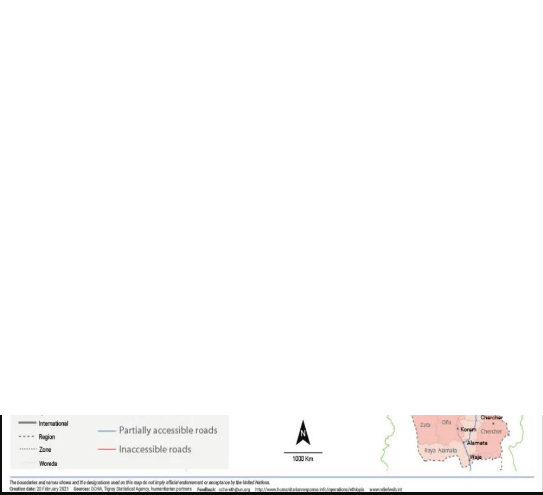
Introduction
The Tigray conflict, which erupted in November 2020 in the northern region of Ethiopia, has gained international attention due to its humanitarian implications and the involvement of various regional actors. As the conflict continues to evolve, understanding its background and the current situation is vital for comprehending the broader impacts on Ethiopia and the Horn of Africa.
Background of the Conflict
The roots of the Tigray conflict can be traced back to a power struggle between the Tigray People’s Liberation Front (TPLF) and the Ethiopian federal government. The TPLF dominated Ethiopian politics for nearly three decades until 2018, when reforms led by Prime Minister Abiy Ahmed marginalized the group. Tensions escalated when a military offensive was launched by the government following attacks on federal military bases in Tigray.
Humanitarian Crisis
The conflict has led to a significant humanitarian crisis, with reports indicating that millions have been displaced and require urgent assistance. As of late 2023, the United Nations reported that approximately 5.2 million people in Tigray faced severe food shortages, with many depending on humanitarian aid for survival. Access for aid organizations has been severely restricted, complicating efforts to deliver much-needed assistance.
Current Developments
Recent diplomatic efforts, led by the African Union and international powers, have focused on achieving a permanent cessation of hostilities. A peace agreement was signed in November 2022, which has since been a tentative step toward resolving the conflict. However, sporadic violence and clashes continue, raising concerns about the long-term stabilization of the region.
Conclusion
The Tigray conflict remains a focal point for discussions on peace, security, and human rights in Africa. The ongoing humanitarian crisis calls for concerted efforts from the international community to support recovery and rebuild the region. Observers forecast that stable governance in Ethiopia will hinge on addressing the grievances of marginalized groups like the TPLF, and meaningful reconciliation efforts will be necessary for lasting peace. Readers should stay informed as this situation unfolds, considering its broader implications for regional stability and humanitarian conditions in the Horn of Africa.

